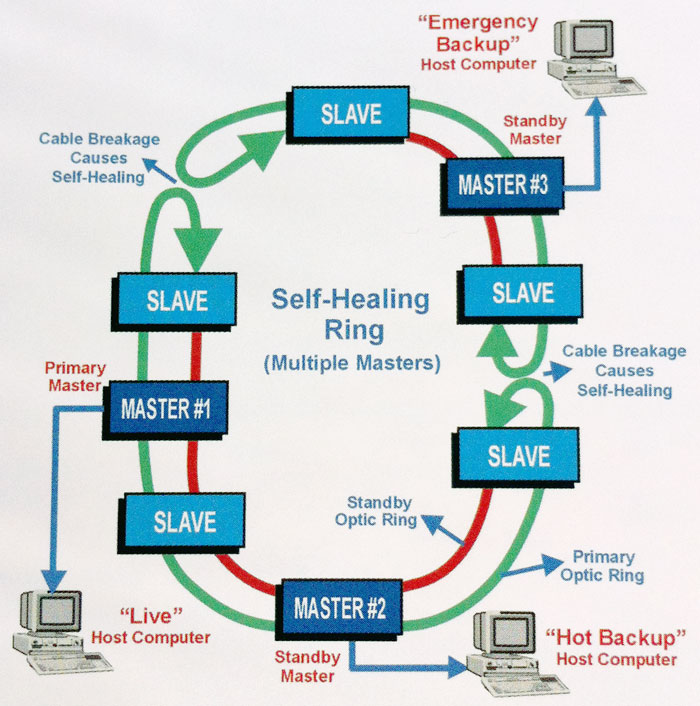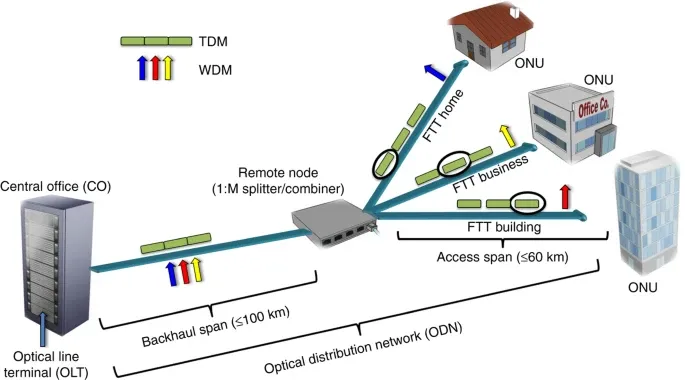Why a Fiber Optic Security System Enhances Your Property’s Safety and Monitoring
Why a Fiber Optic Security System Enhances Your Property’s Safety and Monitoring
Blog Article
Why Fiber Optic Safety Equipments Are the Future of Protection
The transition to fiber optic security systems notes a considerable advancement in the realm of protection, driven by their extraordinary information transmission capacities and durability to outside disturbances. These systems not just help with faster and extra reliable communication however also present an affordable service with reduced upkeep needs. As the landscape of safety and security progresses alongside emerging modern technologies such as AI and IoT, the possibility for optical fiber to enhance and redefine safety and security infrastructures becomes progressively evident. The ramifications of these improvements raise crucial questions concerning the future of safety and security steps and their efficiency in an ever-changing environment.
Advantages of Fiber Optic Systems
Among the primary benefits of fiber optic systems is their remarkable bandwidth capacity, which facilitates the transmission of big volumes of data over cross countries without significant loss. This particular is particularly advantageous for protection applications that require the continuous monitoring and transfer of high-def video feeds, sensor data, and various other vital information. Optical fiber can suit the expanding needs of contemporary protection systems, making certain that data remains intact and dependable.
Additionally, fiber optic wires are much less susceptible to electromagnetic disturbance, which can be a substantial concern in atmospheres with different digital devices. This resistance enhances the integrity of the data being transferred, consequently decreasing the danger of data violations or system failings. In addition, fiber optic systems are inherently much more secure than conventional copper cables, as tapping into a fiber optic line without discovery is exceptionally difficult.
The durability of fiber optic cable televisions additionally contributes to their appeal. They are immune to ecological elements such as dampness and temperature level variations, minimizing upkeep expenses and raising system durability. On the whole, these benefits setting fiber optic systems as a durable and reliable choice for contemporary protection infrastructures, making certain trustworthy and secure data transmission.
Improved Data Transmission Speed

The ability to send vast quantities of information rapidly facilitates the seamless assimilation of high-definition video feeds and progressed analytics. Safety and security systems can currently refine and examine details in real-time, improving response times and situational understanding. Furthermore, fiber optic links sustain longer transmission distances without destruction of signal quality, making them suitable for extensive safety networks.
The enhanced speed of fiber optic systems not only enhances the effectiveness of safety procedures but likewise lowers latency. This is especially important in important situations where prompt decision-making can protect against protection breaches or mitigate potential dangers. As companies continue to prioritize safety and security and efficiency, the need for quick and dependable information transmission will unquestionably solidify fiber optic systems as a foundation of modern-day safety and security facilities.
Resistance to Disturbance
Fiber optic security systems continually show phenomenal resistance to electromagnetic disturbance, an essential advantage in atmospheres susceptible to digital noise. Unlike traditional copper wires, which can be negatively affected by electromagnetic fields, superhigh frequency disturbance, and other kinds of electrical disruption, fiber optic cords use light to send data. This integral residential or commercial property makes certain that the signals stay clear and unchanged, no matter of bordering electronic recommended you read task.
The usage of glass or plastic fibers in fiber optic technology produces an obstacle against interference, allowing for trustworthy information transmission even in tough scenarios such as industrial centers, urban locations with high digital website traffic, or locations near radio towers. This characteristic considerably lowers the chance of signal destruction or loss, making fiber optic systems especially appropriate for safety and security applications where integrity and precision of data are extremely important.
Moreover, this resistance to disturbance boosts the total performance and integrity of protection systems, ensuring that surveillance and alert systems work effortlessly. In a globe where safety is progressively endangered by innovative innovations, the resilience of fiber optic systems stands out as a crucial feature, strengthening their condition as an essential part of modern-day safety and security facilities.
Cost-Effectiveness Over Time
Substantial expense savings can be achieved over time with the implementation of fiber optic protection systems. While the first investment may seem greater contrasted to standard copper-based systems, the long-term monetary benefits end up being obvious through reduced functional and upkeep costs (fiber security). Fiber optic cable televisions are inherently a lot more durable and less at risk to ecological elements, which equates to reduce replacement and repair expenses over their life-span
Moreover, fiber optic systems require less power to run, which even more lowers energy expenses. Enhanced information transmission abilities enable less repeaters and go to my site amplifiers, reducing equipment financial investment and improving installment procedures. The scalability of these systems also adds to cost-effectiveness, as companies can broaden their security facilities without incurring substantial additional expenses.
Another aspect to consider is the increased effectiveness in surveillance and reaction abilities that fiber optics supply. Boosted real-time data transmission can lead to quicker occurrence feedback times, possibly mitigating losses and responsibilities connected with security breaches. Altogether, the long-term advantages of fiber optic safety and security systems not only warrant the first expense but likewise position them as an economically prudent selection for organizations seeking robust protection services.

Future Technologies in Safety And Security
Progressing innovations are readied to reinvent security systems, integrating artificial intelligence (AI) and artificial intelligence to enhance danger detection and action capacities. These innovations will certainly allow safety and security systems to assess large quantities of information in real-time, determining patterns and anomalies that show prospective hazards. This positive technique will view enable quicker decision-making and a lot more effective event responses.
Additionally, the incorporation of the Internet of Points (IoT) is leading the way for interconnected protection gadgets, providing extensive surveillance and tracking. Smart sensing units can pass on details concerning ecological adjustments, while automated signals can notify protection personnel immediately of dubious tasks.
Furthermore, the evolution of biometric modern technologies will certainly better boost safety systems. Facial acknowledgment, fingerprint scanning, and retina identification are becoming much more sophisticated, providing layers of verification that are challenging to bypass.
Conclusion
To conclude, fiber optic protection systems stand for a considerable development in defense technology, offering unrivaled data transmission rate, resistance to electro-magnetic disturbance, and long-term cost-effectiveness. As the demand for advanced safety and security remedies continues to grow, the assimilation of optical fiber with arising technologies such as AI, IoT, and biometrics will further improve safety and security frameworks (fiber security). The combination of these developments will ensure a more safe and receptive atmosphere, strengthening fiber optics as a keystone of future safety and security systems
Report this page